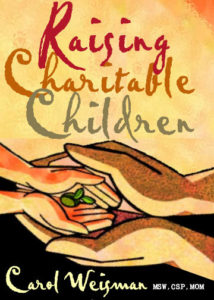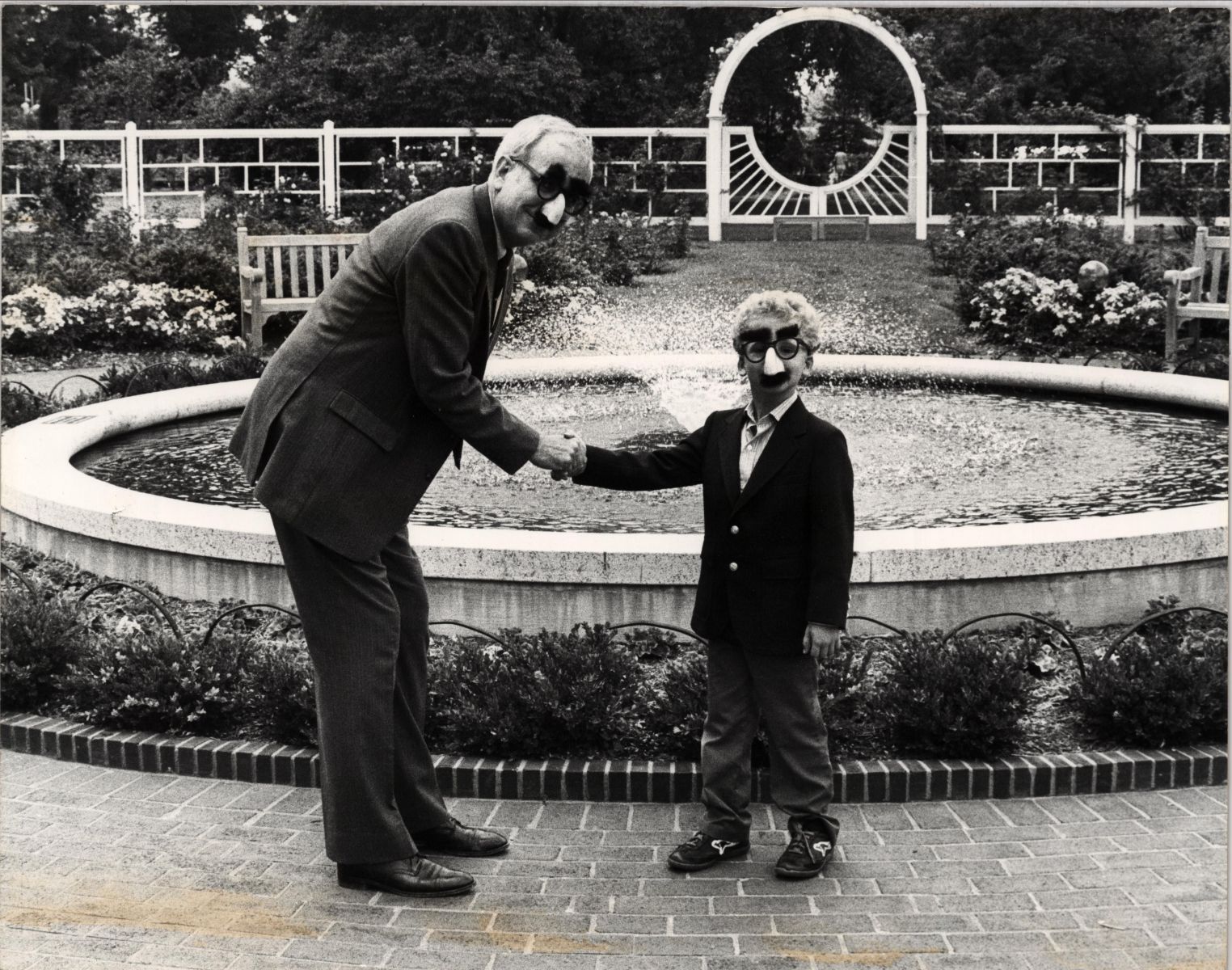Planning for the Future: The Giving Family

Carol’s talk focuses on how families can set priorities and share values while helping them plan for their financial future. Just as it is never too early to plan, it is never too early to start children in thinking of others and how to connect and deal with the world in a meaningful way. Planning for the Future gives both parents and children techniques to share values and talk about how they would like for form and mold the future of not just their lives, but also the lives of others.
Grandparents who see their grandchildren once a year, noncustodial parents, working parents and home-schoolers with 24-hours a day with their kids have all found techniques that have worked for them.
Suggested Audiences: General audiences, banking clients, community foundations and nonprofits, schools, and religious organizations
Customized Keynotes:
For the wealth management profession, this talk focuses on how to work with families and why its important to connect with multiple generations.
For wealth management clients, the talk focuses on how to development a relationship with their children, whether the “kids” are 5 or 50 and how you can help with formulate a charitable giving plan.
Find a Direction, Make a Connection: Helping your child find a place in the new world
Our children are facing a difficult and confusing world. Our older children are seeing their peers unemployed. Many children as young as 4 are concerned about global warming and famine. They see 24-hour news and absorb the fear. There are many techniques to help children find a way to make a future and feel secure by learning to give time and money. Volunteering and philanthropy give children a way to connect to others and feel more in charge. This is true of children who are 3 and children who are 53.

Charity Begins in Homeroom
One of the great innovations in education, whether in schools or churches, synagogues and temples, in recent years has been the service learning. Sometimes it involves building a school in Haiti or doing the March of the Living in Poland, or going across town and working in a homeless shelter. Students start to appreciate basic things such as water and electricity or having a full set of teeth.
This talk focuses on how teenagers and young adults can look to the world as volunteers and philanthropists, but still focus on the organization that gave them the skills that make it possible to give to the world. We will talk about “giving circles” as a way to keep in touch with alumni groups, whether you are a church, school or summer camp. In giving circles, a portion or all of the funds donated go back to the organization where the group first connected so that others will have the same chance to share their experience.
Suggested Audiences: Schools, churches, temples and synagogues
Saving, Giving & Learning: The Liquid Method
How do you find the right amount of time and money to give to fit into your life as a student, as a young professional, as a newlywed? Years of working with nonprofits and hearing their complaints about volunteers who didn’t show (and sometimes about the ones that did!) brought me to the conclusion that everyone needs a better system to think through how discretionary time and money is spent. This talk focuses on how to pick and give volunteer time and how to give money when you’re short on both. This is a unique approach for the young, the old and the middle to save small amounts of money so that they not only can they pay the rent, but can be philanthropists as well. Whether you are cash rich and time poor, or cash poor and time rich, or don’t have much or either, you will find ways of maximizing your giving.
Suggested Audiences: Young adults, teens and other groups who are interested in volunteering







